Who the Hell Wants to Work for You?
Mastering Employee Engagement.
Order Now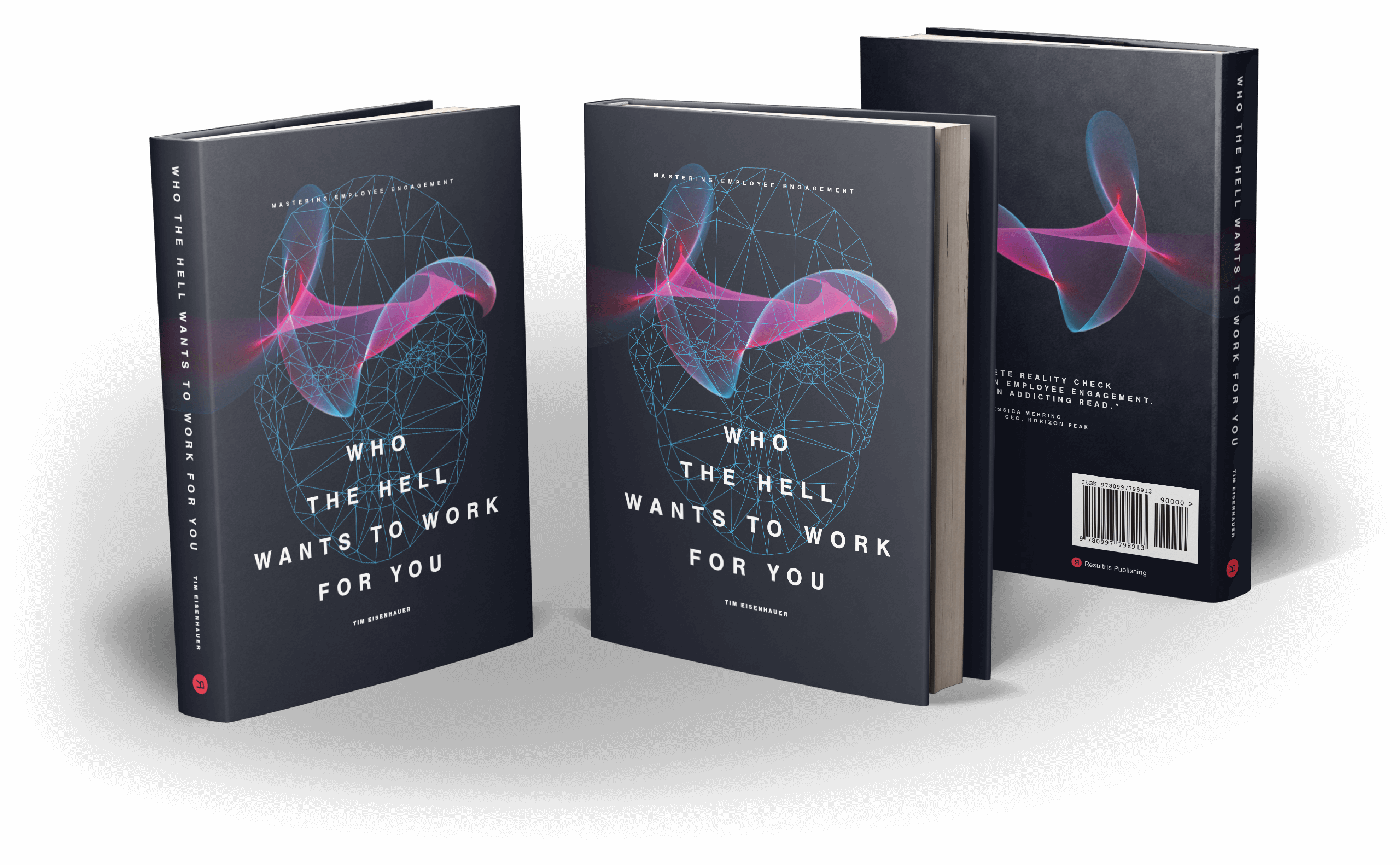
Absolutely fantastic and loaded with practical information. This is a must add to your library—and it’s fun to read!
A terrific employee engagement book for individuals, managers, and executives who wish to create a culture of superior employee engagement in their enterprises.
I thought it was going to be another dry CEO book, but Tim’s personal stories told authentically makes it a great read.
Who the Hell Wants to Work for You is the rare business book that’s a joy to read. Entertaining, enlightening, and empowering.
An employee-oriented handbook for modern-day business owners and managers. A plainspoken and warmly inviting re-evaluation of corporate culture.
A complete reality check on employee engagement. It’s an addicting read—couldn’t put it down. Tim’s stories to illustrate his philosophy are riveting.
The best and most actionable employee engagement advice available.
A transformative new book about employee engagement, empowerment, and inspiration in the workplace.*
By Tim Eisenhauer
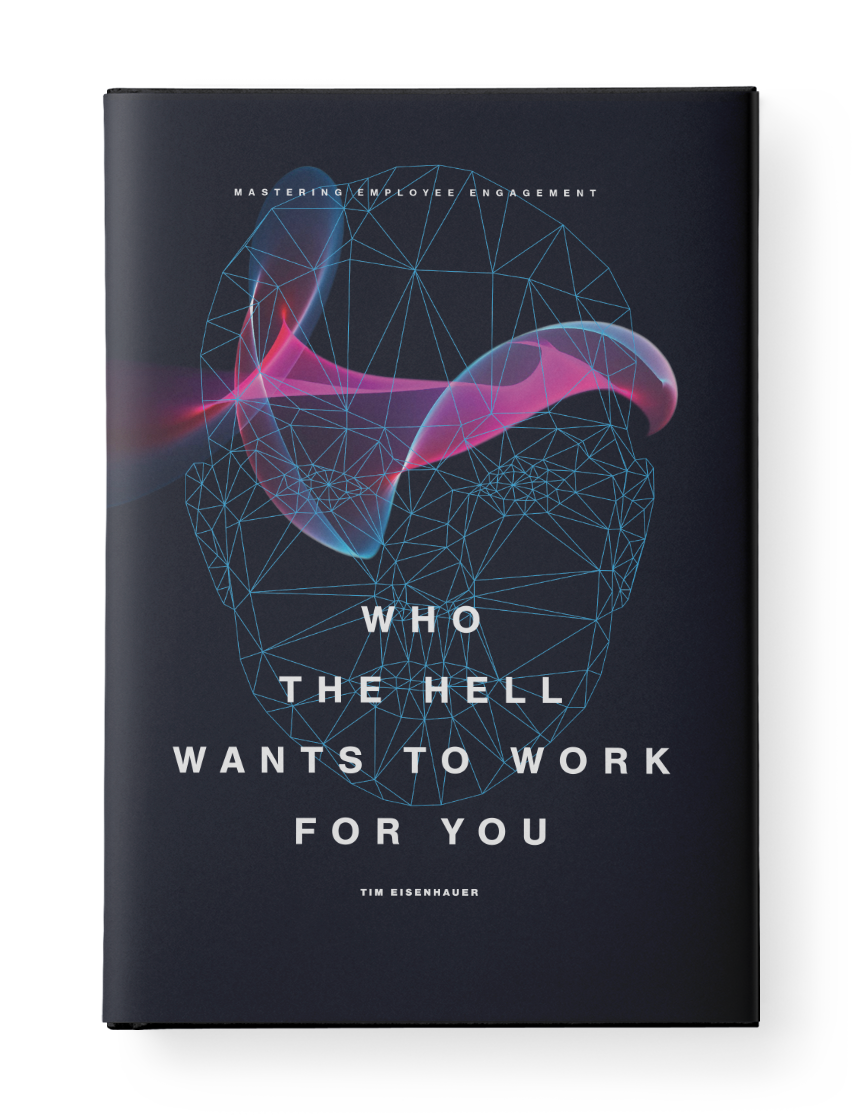
Who the Hell Wants to Work for You? explains and unifies the groundbreaking employee engagement practices of America’s most admired companies.
It shows the role of individuals, managers, and executives in building a new kind of workplace.
And it uses the collective experience of hundreds of employers through research and case examples to help you—the manager—transform your mind, your team, and your business.
Order NowTable of Contents
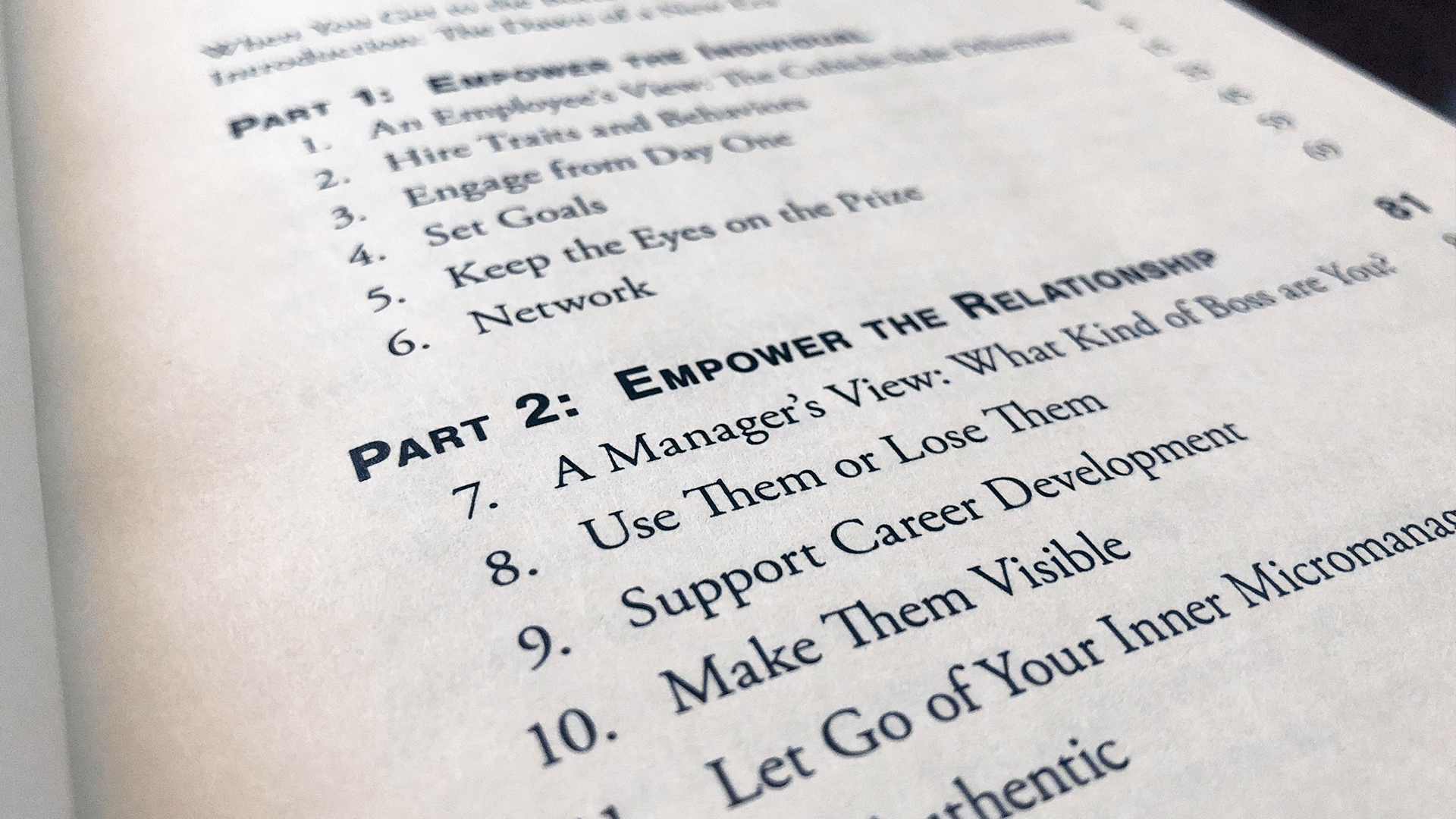
- Where Disengagement Comes From
- What Motivates Your Employees
- What Employee Engagement Isn’t
- Make it Harder to Lie
- Your Company’s DNA
- Be Willing to Make Exceptions
- Cultural Immersion
- Mission, Vision, and Values
- Mindless Paperwork
- Meet the Man Behind the Legend
- Share the Spotlight
- Free Stuff
- Unique, Weird, and Downright Insulting
- Ask the Employee
- Make Friends
- Score a Quick Win
- Set Expectations
- Mistake #1: Set No Goals
- Mistake #2: Make It Too Easy
- Mistake #3: Make It Too Hard
- Telling is Not Selling
- Tweak Your Tools
- Give Real-Time Feedback
- Get in the Game
- Never Mind Setbacks
- Find a Buddy
- Make the Introductions
- Blow Their Horn
- Be Inclusive
- Make It Easy for Employees to Network
- The Indecisive Boss
- The Insecure Manager
- The All-Knowing Leader
- What If We Got Rid of Managers Altogether?
- What Would They Rather Do?
- Leave Room for Great Ideas
- Let Them Win
- Be a Mentor
- Keep Everyone Learning
- Transparency = Learning
- What if There are Few Opportunities?
- What if Nobody Wants to Participate?
- What if an Employee Doesn’t Want Visibility?
- What if an Employee is Already Well-Known?
- Are You a Micromanager?
- Ready to Quit?
- So You’re Highly Unlikeable
- Show Your Vulnerability
- Setting the Tone is Not Enough
- Your Attitude is Key
- What Kind of Relationship Are You Creating?
- Try Active Listening
- Keep the Lines Open
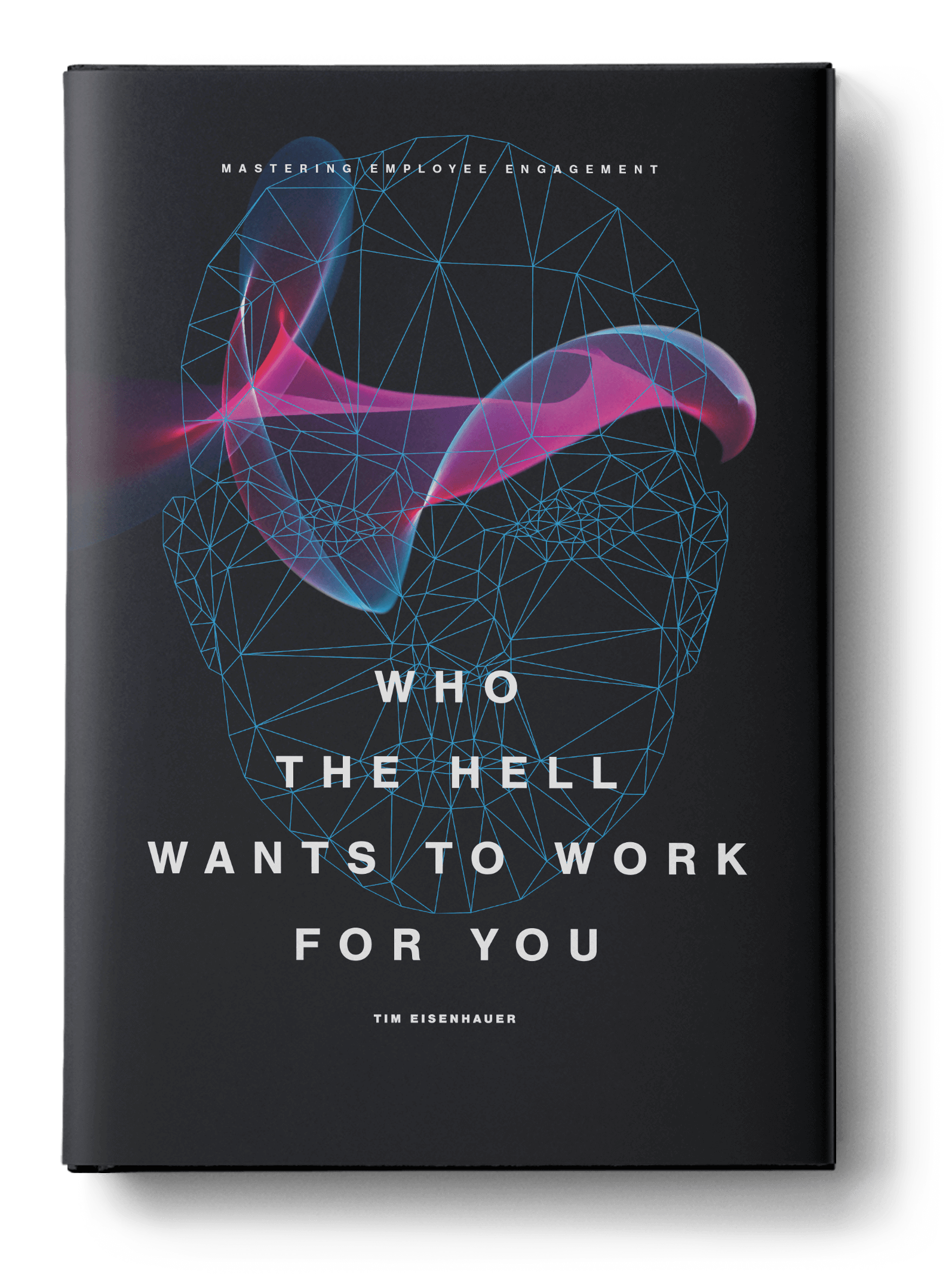
- Recognition is More Important Than Pay
- Reward with Purpose
- Can You Get Rich by Taking Care of Employees?
- What Does It Mean to Take Care of Your Employees?
- Can You Afford to Take Care of Your Employees?
- Who Invented “Corporate Culture?”
- How to Preserve the Core
- Give Your People Ownership
- What Does a CEO do?
- Three Leadership Hacks
- Company-to-Employees
- Employees-to-Company
- Employees-to-Employees and Other People
- Putting It All Together
- Ask Them What They Think
- You Want Debate
- Don’t Expect Them to Hand You A Solution
- Think Social
- Default to Open
- Don’t Fake It
- Start with What You Know
- Find Your Niche as a Volunteer
- Just Have Fun
- Thank Your People for Weird Stuff
- Make it Social
- Connect the Dots
- Have Your Own Special Ways of Expressing Gratitude
- Annual Cycle
- Weekly Cycle
- Daily Cycle
- Project Cycle
- Task Cycle
- Color and Texture
- Space
- Natural Sunlight
- Eco-Friendliness
- Nature
- Food
- Napping
- One-of-a-Kind Features
- Slides
- How to Succeed without Really Trying
- Make Your Thinking as Funny as Possible




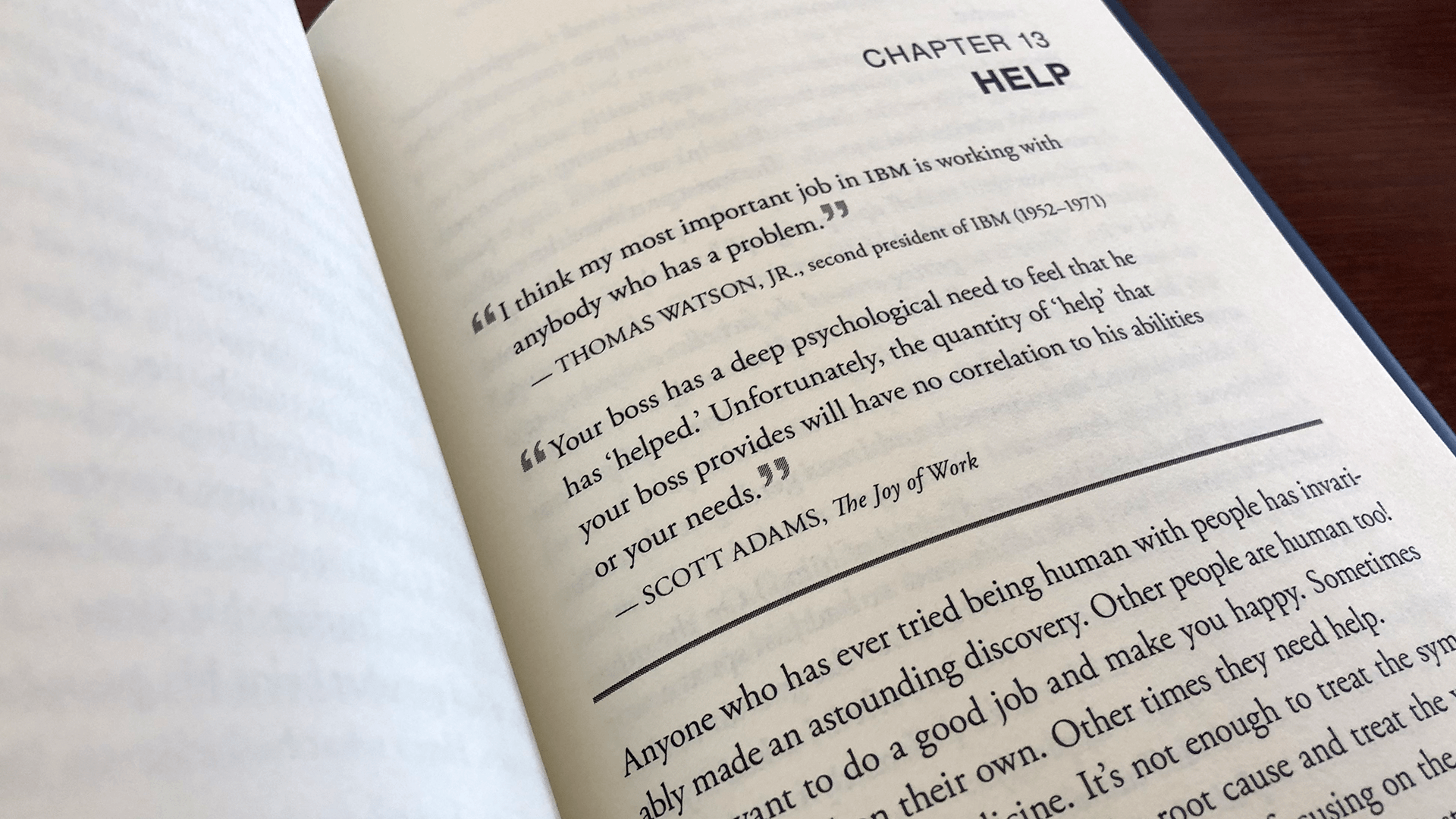













 Resultris Publishing
Resultris Publishing



